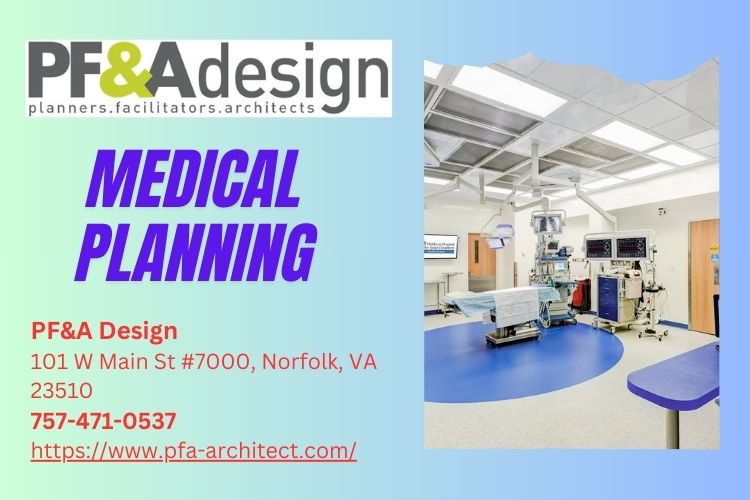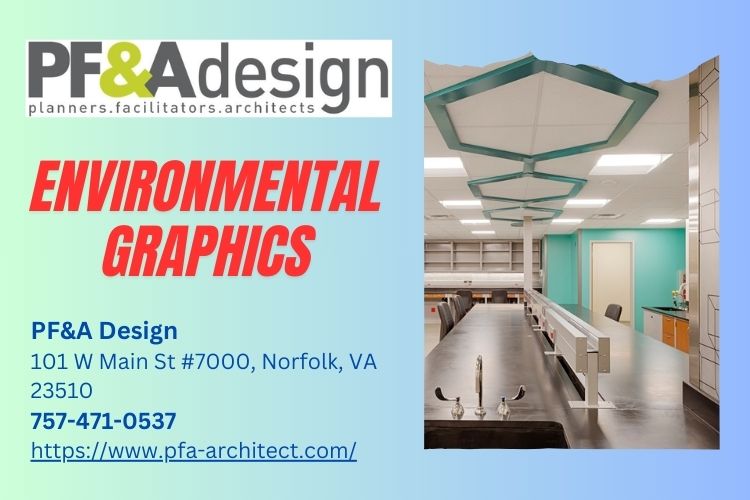Introduction
In an ever-evolving world, architectural design serves as a reflection of societal values and technological advancements. As we step further into the 21st century, the demand for innovative and sustainable architecture is skyrocketing. PF&A Design stands at the forefront of these trends, offering insights that not only highlight current practices but also anticipate future needs in building design, lighting design, and interior design. This article explores various architectural design trends to watch, backed by insights from PF&A’s extensive experience in the industry.

Architectural Design Trends to Watch: Insights from PF&A
The Rise of Sustainable Architecture
Sustainable architecture has transitioned from being a niche interest to an essential component of modern architectural design. Buildings that minimize environmental impact while maximizing energy efficiency are no longer just desired; they are demanded.
What is Sustainable Architecture?
Sustainable architecture refers to designing buildings in a way that reduces their carbon footprint and enhances energy efficiency. This includes utilizing renewable materials, optimizing natural light, and implementing advanced HVAC systems.

Key Features of Sustainable Architecture
Energy Efficiency: Use of solar panels and green roofs. Sustainable Materials: Recycled steel, bamboo flooring, etc. Water Conservation: Greywater systems and rainwater harvesting.Smart Technologies in Building Design
The integration of smart technologies into architectural designs is transforming how we interact with buildings. These technologies enhance comfort, security, and energy management.
What are Smart Technologies?
Smart technologies include IoT devices that allow for remote monitoring and control over various building systems such as lighting design and climate control.
Benefits of Smart Technologies
- Increased efficiency through automated systems. Enhanced security with smart locks and surveillance. Improved user experience via personalized settings.
Biophilic Design Principles
Biophilic design focuses on connecting inhabitants with nature through natural elements within built environments. This trend promotes well-being and productivity.
Why is Biophilic Design Important?
Research has shown that incorporating nature can reduce stress levels and enhance creativity among occupants.
Elements of Biophilic Design
Natural Lighting: Maximizing daylight through large windows. Indoor Plants: Incorporating greenery within the space. Natural Materials: Using stone, wood, or other organic materials.Adaptive Reuse in Architecture
Adaptive reuse refers to repurposing old buildings for new functions without compromising their historical integrity. This trend speaks volumes about sustainability by minimizing waste.
The Benefits of Adaptive Reuse
- Preserves historical significance. Reduces construction waste. Fosters community revitalization.
Minimalism in Architectural Design
Minimalism continues to resonate with homeowners looking for simplicity in form and function. This trend emphasizes “less is more,” creating spaces that are both functional and aesthetically pleasing.
Key Characteristics of Minimalist Architecture
Clean Lines: Straightforward geometric shapes. Neutral Colors: A palette that supports peace and tranquility. Open Spaces: Flowing floor plans that promote openness.Multi-Functional Spaces
As urban living becomes increasingly compact, the need for multi-functional spaces arises. Architects are now designing homes where rooms serve multiple purposes without sacrificing comfort or style.

Examples of Multi-Functional Designs
- Murphy beds that fold away when not in use. Convertible furniture like sofas that transform into beds. Open-plan layouts allowing flexible use of space.
Importance of Community-Centric Designs
Community-centric designs focus on creating spaces that foster social interactions among residents while enhancing quality of life.
How to Achieve Community-Centric Designs
Incorporate public spaces such as parks or plazas. Create walkable neighborhoods with easy access to amenities. Engage local communities during the planning process for better alignment with their needs.Lighting Design Trends Shaping Spaces
The Role of Natural Light
Natural light plays a crucial role in enhancing aesthetic appeal while reducing energy consumption in buildings.
Benefits of Natural Light
Improves mental health by reducing Seasonal Affective Disorder (SAD). Enhances productivity by creating uplifting environments. Reduces reliance on artificial lighting during daytime hours.Innovative Lighting Solutions
Innovative lighting solutions not only provide illumination but also contribute vastly to the atmosphere within spaces:
LED Technology: Energy-efficient alternatives that last longer than traditional bulbs. Smart Lighting Systems: Adjustable brightness levels based on user preference or time-of-day adjustments. Accent Lighting: Highlighting architectural features or artwork within a space.Interior Design Trends Influenced by Architecture
Open Concept Living Spaces
Open concept designs break down walls between living areas, encouraging interaction while maximizing available square footage.
Pros and Cons
| Pros | Cons | |-------------------------------|--------------------------------| | Encourages social interaction | Potential noise issues | | Maximizes natural light | Less privacy | | Creates a sense of spaciousness| Challenges with furniture layout|
Color Psychology in Interior Spaces
Colors have profound effects on mood and perception within interiors:
Warm colors like red can stimulate energy but may cause anxiety if overused. Cool colors like blue create calmness but can feel cold if used excessively. Neutral tones provide balance but may lack personality without accent pieces.Frequently Asked Questions (FAQs)
What are the top architectural design trends for 2024?
Some key trends include sustainable architecture, biophilic design principles, adaptive reuse projects, smart technologies integration, minimalism, multi-functional spaces, community-centric designs, innovative lighting solutions, open concept living spaces, and color psychology considerations in interior design.
How does PF&A incorporate sustainability into its designs?
PF&A focuses on using sustainable materials like recycled steel as well as incorporating energy-efficient systems such as HVAC solutions optimized for reduced environmental impact while ensuring occupant comfort.
Can biophilic design improve employee productivity?
Yes! Numerous studies indicate that integrating natural elements into office designs can significantly boost employee morale and productivity levels due to reduced stressors associated with urban environments.
What makes PF&A's approach unique?
PF&A combines innovative technology with timeless architectural techniques to deliver designs tailored specifically for each client’s unique needs while considering environmental impacts throughout the process—from inception through execution!
How do I contact PF&A for consultation?
You can reach out through their website or directly call them at (757) 471-0537 for a personalized consultation regarding your next project!
Conclusion
Architectural design trends continually evolve alongside societal shifts and technological advancements; however—through insights drawn from industry experts like PF&A—it's clear there’s much excitement ahead! By embracing sustainability efforts combined with cutting-edge technologies such as smart home integrations—or even focusing on fostering community engagement—we’re witnessing transformations across our built environments today! As you embark on your next project journey ahead—remember these PF&A Design emerging trends will guide you toward creating impactful spaces suited for today’s demands!
Contact Us
PF&A Design
Address: 101 W Main St #7000, Norfolk, VA 23510
Phone: (757) 471-0537
This long-form article provides an extensive overview of current architectural trends informed by expert insights from PF&A Design while adhering closely to SEO standards!